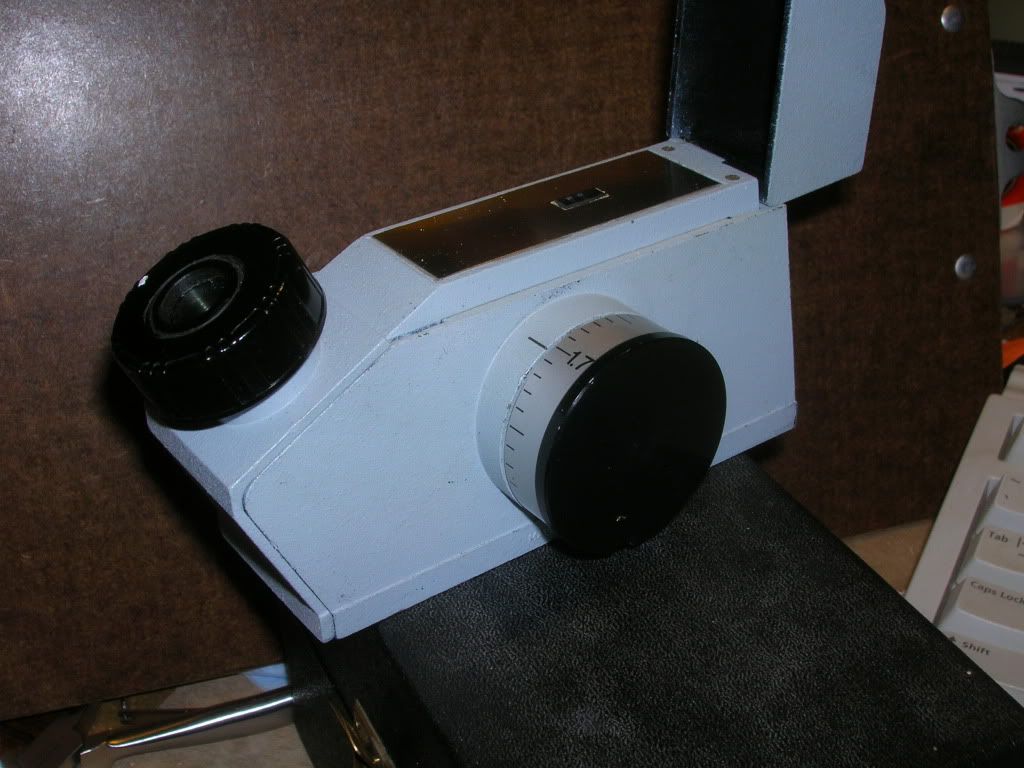I have long recommended using a soak in Hydroflouric Acid as a way to differentiate between diamonds and CZ's. I personally cannot tell them apart without treatment but I'm sure jewelers can. The problem comes when they receive a large quantity in from a stone removal refining it can take a very long time. By etching the stones in HF anyone can quickly separate the two.
Both liquid and vapor can cause severe burns, which may not be immediately painful or visible. HF will penetrate the skin and attack underlying tissues. Large or multiple burns totaling over 25 square inches of body surface area may also cause hypocalcemia and other toxic effects which may be fatal. Prolonged contact with very dilute HF solutions will cause burns.
I have always told clients who use HF to stock an Antidote Gel in case of an accident. For years I have not heard of any accidents etching stones until today. This afternoon I got a call from a client who had an employee spill some 48% HF on his exposed arm. They quickly rinsed the arm and got the Gel on the affected area, then they took him to the ER just in case. The doctor told them that the quick combination of rinsing and the topical application of the Antidote Gel saved the man from serious injury.
So that's why I'm posting this. If you use Hydroflouric acid, get the HF Antidote Gel to have around, you never know. http://www.calgonate.com/index.php
Both liquid and vapor can cause severe burns, which may not be immediately painful or visible. HF will penetrate the skin and attack underlying tissues. Large or multiple burns totaling over 25 square inches of body surface area may also cause hypocalcemia and other toxic effects which may be fatal. Prolonged contact with very dilute HF solutions will cause burns.
I have always told clients who use HF to stock an Antidote Gel in case of an accident. For years I have not heard of any accidents etching stones until today. This afternoon I got a call from a client who had an employee spill some 48% HF on his exposed arm. They quickly rinsed the arm and got the Gel on the affected area, then they took him to the ER just in case. The doctor told them that the quick combination of rinsing and the topical application of the Antidote Gel saved the man from serious injury.
So that's why I'm posting this. If you use Hydroflouric acid, get the HF Antidote Gel to have around, you never know. http://www.calgonate.com/index.php












































































